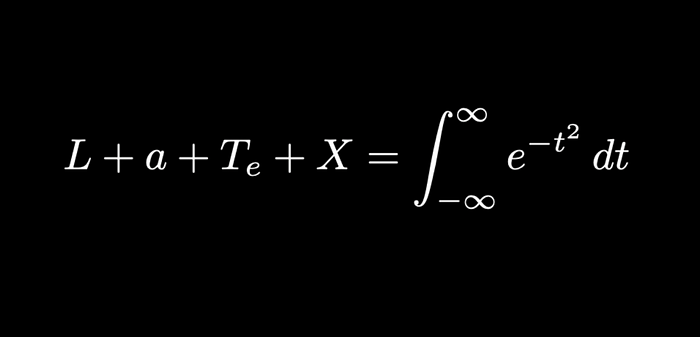
Member-only story
A Beginner’s Guide to LaTeX for Mathematical Typesetting
Chances are if you need to communicate some complex concept or idea you will eventually need to formalize it in some way, diagrams and charts surely help in explaining things, but Mathematical equations are the agreed upon form and LaTeX is the system you need to create and share them, let’s go over some setup first:
- Get LaTex:
brew install --cask mactex
was the easisest for me on Mac, but you could also try
TexLive ( whooping 6Gb though) : https://www.tug.org/texlive/
TinyteX Smaller but needs perl.
-Add a plugin to your IDE ( I am using VSCODE), so LaTeX Workshop If all went well, we can proceed with a simple LaTeX example :
Make a new .tex file and tyoe the following:
\documentclass{article}
\begin{document}
The sum of two variables \(a\) and \(b\) is given by:
\[ a + b \]
\end{document}The important part here is how you define a document type with : \documentclass{article} , (could be article, report, book, letter, beamer, memoir)… and the documents’ content with : \begin{document} which you end with \end{document} .
Next you need to build the LaTex project ( ⌥ ⌘ B on Mac or the ▶️ button), this will generate a PDF you can preview or open :
